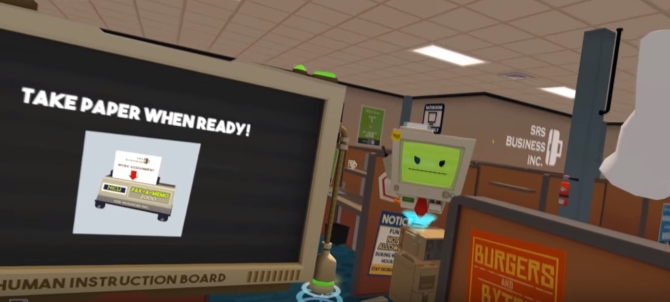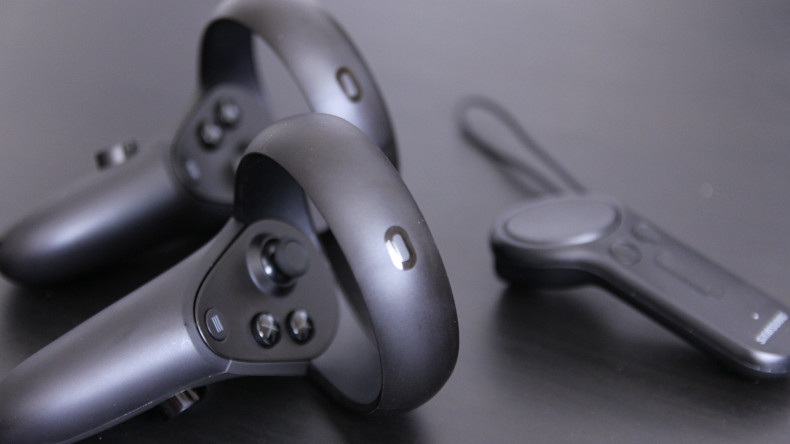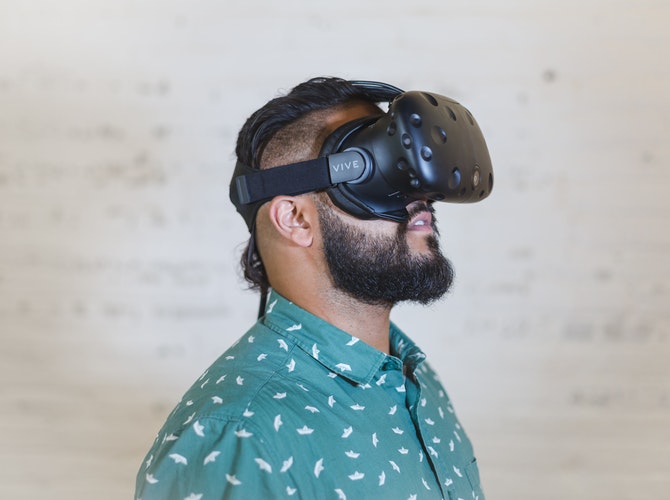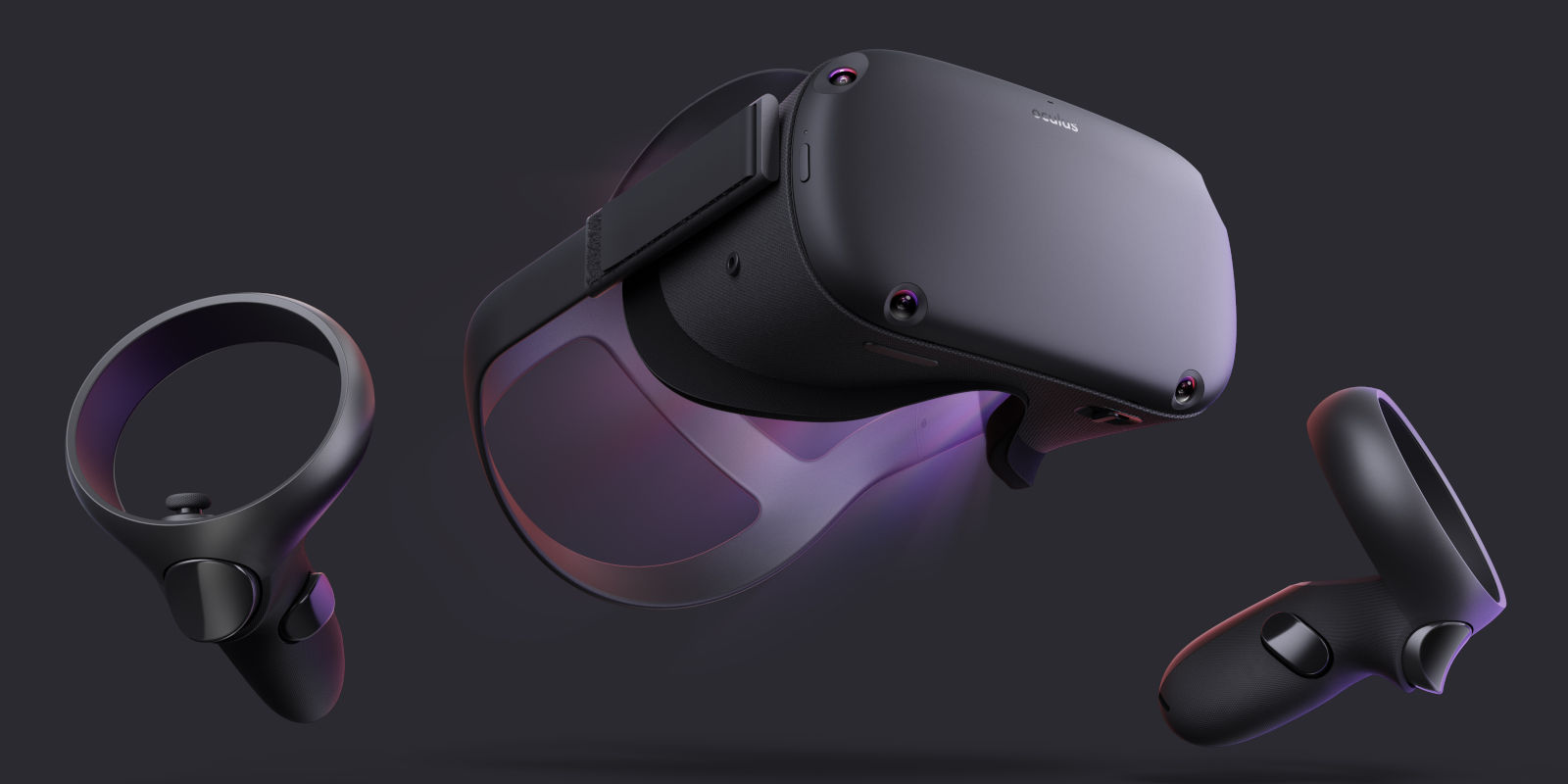Wearing a clunky headset while waving your arms through the air doesn't appeal to everyone. Many prefer to stick to the safety and comfort of a gaming controller.
People who use VR headsets (myself included) often view VR through rose-colored glasses and fail to acknowledge the obvious problems that VR has.
When some of the biggest names have actually struggled to sell their systems, you have to wonder: is VR really worth it?
Immersive Gameplay, Poor Graphics

The world of VR hasn't caught up to the rest of the gaming industry. While players of Tom Clancy's Division 2 or Devil May Cry 5 can expect amazing 4K environments, VR users get stuck with subpar graphics.
However, there's a good reason for the grainy gameplay: VR needs to operate at 90 FPS or more to avoid simulator sickness, which is a way higher threshold than typical games. You can usually manage to play a simplistic game at 30 FPS, but with VR, that's just not possible.
A low frame-rate in VR means that the system can't track your head movement fast enough. In other words, when turning your head, the image inside the headset would take too long to catch up to what you're supposed to see.
When the human body's visual system doesn't match up with its sensory system, it can cause motion sickness in some VR players.
Substandard VR graphics don't make the games any less enjoyable, but someone who's used to playing games in 4K might find it disappointing.
Frustrating Setup and Tracking Issues

Whether you're using the Oculus Rift, HTC Vive, or PSVR, a small room definitely isn't ideal. This means shifting around furniture and moving the VR sensors until you achieve an optimal amount of space.
It's frustrating to set up, and even more so when the sensors don't properly read your movement in the designated play area.
I learned that placing the Oculus Rift sensors on my desk just isn't good enough. Now, they're zip tied to two tripods in both corners of my room so they can stand taller.
I've even gone so far as to buy a third $60 sensor to place in the back of the room. That's the only way I can experience little to no tracking issues.
HTC Vive and PSVR users are plagued with similar annoyances. The Vive's base stations have to be physically screwed into the wall at least six feet above the ground (I hope you're handy). In addition, any shiny objects in the room can interfere with both the PSVR and Vive's sensors.
Do you remember the Xbox Kinect? Well, just think about setting up the Kinect on a larger and more irritating scale—that's what it's like to set up VR.
Lack of High-Quality Titles
VR has some great games, but there just aren't enough of them. Playing awesome games like Arizona Sunshine and Robo Recall restored my faith in VR, but others just don't amaze me.
What's even more disappointing is the fact that some games aren't even optimized for certain headsets. This makes it much harder to control your movement and weapons.
Take Budget Cuts for example:
This Portal-reminiscent stealth game has a creative concept full of robot-destroying action. However, the controls don't transfer over well to the Oculus Rift. This creates issues in throwing knives and maneuvering around the office, which puts a kibosh on the game's fun factor.
Although AAA titles like Fallout 4 and Skyrim both have VR adaptions, there hasn't been any new AAA games developed specifically for VR. I love indie games, but I'd still like to see what the most popular names in gaming have to offer for VR.
Expensive Headsets and PC Upgrades

When you buy a typical console, you only have to pay for games and the system itself. VR is a completely different and more expensive monster, especially if you're running it on your PC.
After purchasing a headset that costs upwards of $400, you have to make sure your computer has the hardware to run it—upgrading your graphics card and processor doesn't come cheap either. In the end, you could end up spending close to $1,000 if you don't have all the right equipment.
The more affordable Samsung Gear VR and the Oculus Go might seem ideal, but they're unfortunately only made for watching videos and playing undemanding games.
VR: It's a Love-Hate Relationship
Many gamers aren't willing to pay hundreds of dollars for an unrefined system and that's completely understandable. I too have days where I want to chuck my entire VR system out the window because of tracking issues.
While it's definitely not perfect, it's still a new and fun way to play games if you're feeling experimental.
If none of the reasons above turned you away from virtual reality, the best way to get started is with an Oculus Quest 2 standalone VR headset. Don't get a smartphone VR headset (too poor quality) and don't invest in a top-shelf VR system like the HTC Vive until you know you're a VR fan.
